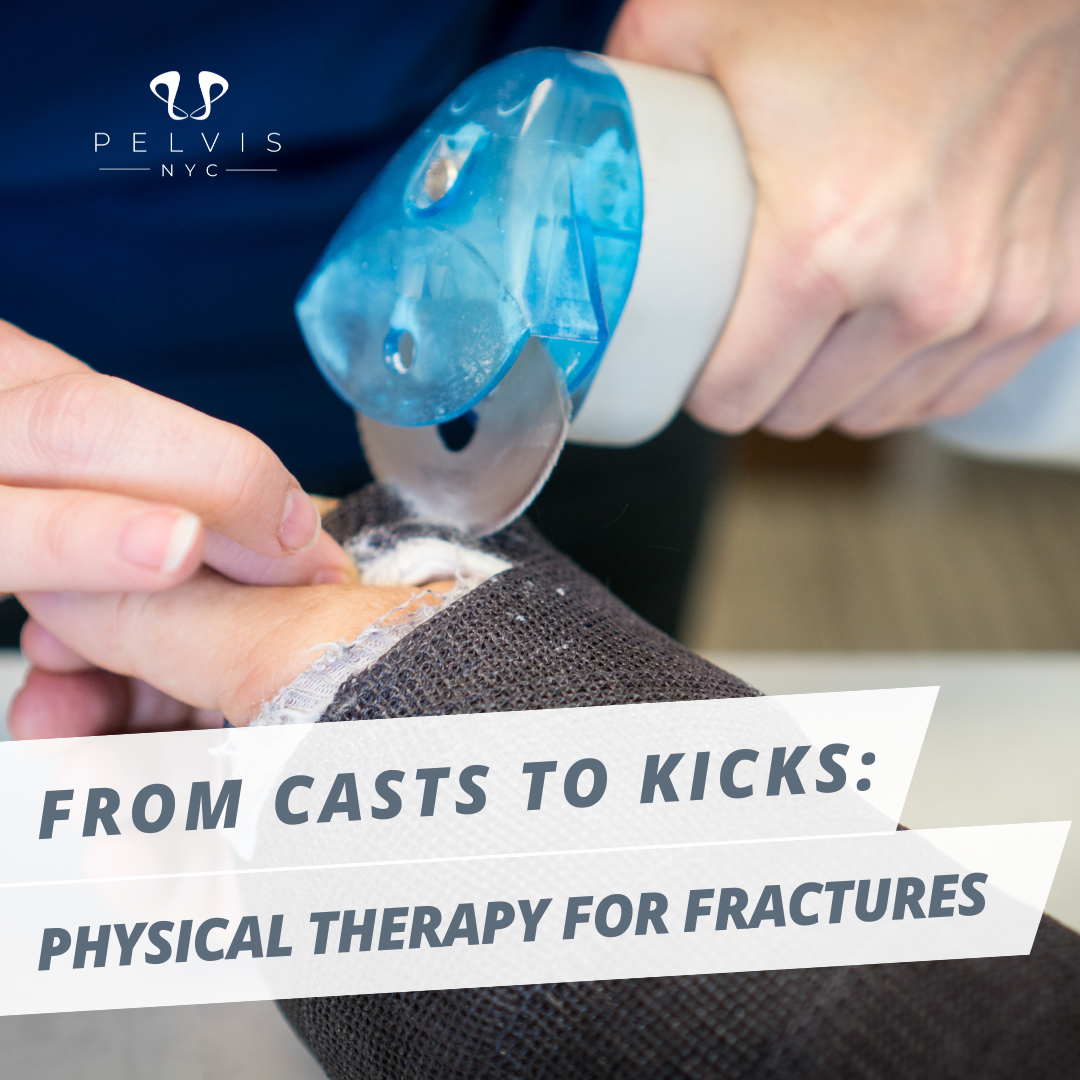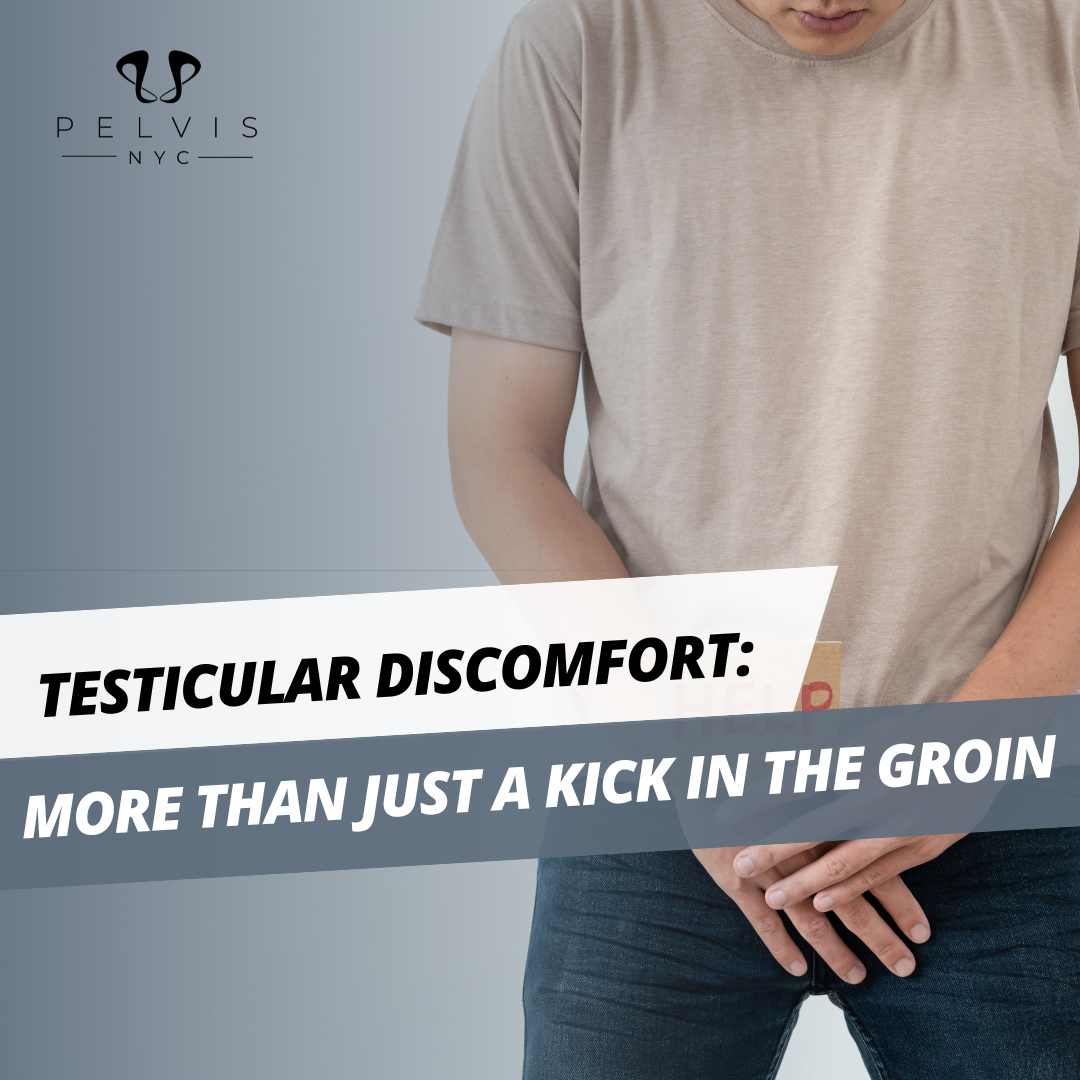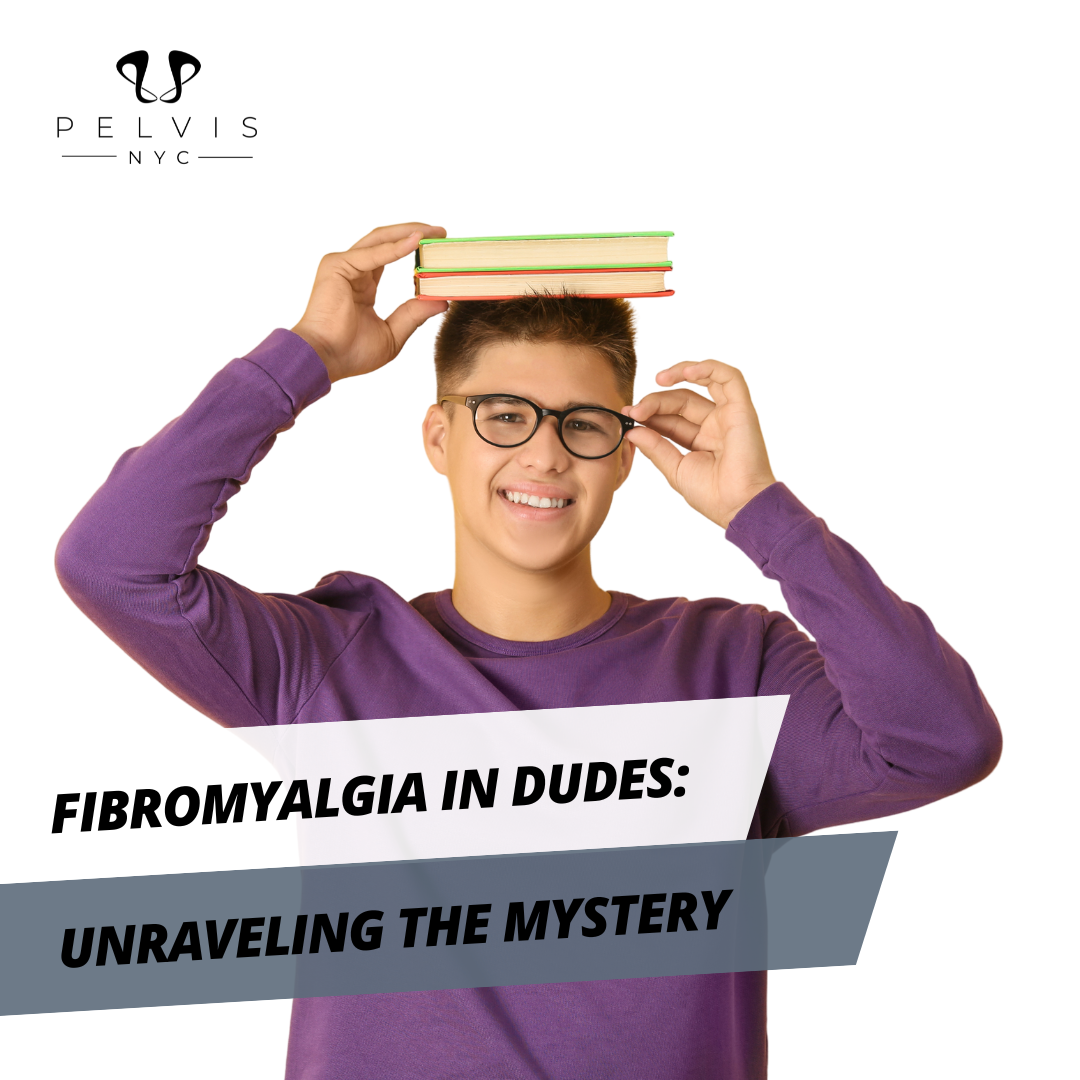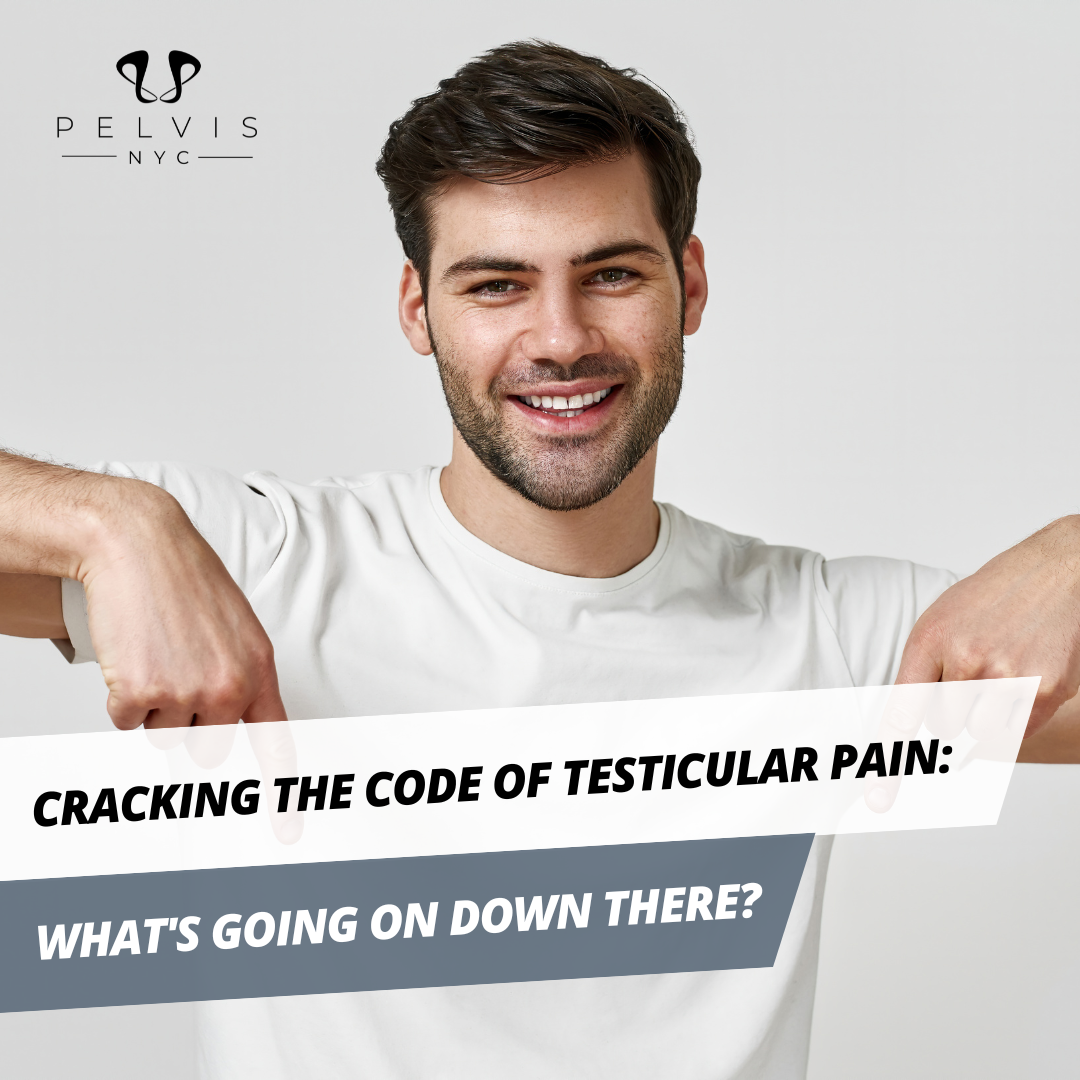Let’s have a real talk – nobody likes to admit when things get uncomfortable, especially in the most sensitive area of all. But guess what? Testicular pain happens to the best of us, and I’m here to be your guide through the maze of testicular pain management. Join me- your go-to buddy on this journey to tackle this topic with straightforward advice and a bit of camaraderie.
Decoding Testicular Pain
We’ve all heard the jokes about getting hit where it hurts most, but when testicular discomfort strikes, it’s no laughing matter. Whether it’s a pulled muscle from overenthusiastic workouts, inflammation, or something else entirely, the key to managing it starts with understanding the root cause.
Seeking Expert Support
Guys, let’s admit it – we’re not always the best at asking for directions, whether it’s on a road trip or on our health journey. But here’s the deal: seeking professional help is not admitting defeat; it’s making a smart move. That’s where a physical therapist enters the picture. Think of them as your personal guide through the world of testicular pain management.
Conquering Discomfort
Enough of the awkward moments and hasty internet searches for quick fixes. It’s time for solid strategies that can actually make a difference. Let’s break it down:
1. Movement Magic
Yes, you heard me right – movement is your secret weapon. But hold up, I’m not saying you need to run a marathon. Gentle exercises and stretches, tailored by your trusty physical therapist, can work wonders. It’s like giving your boys a chance to stretch and flex their muscles.
2. Pelvic Floor Power
Okay, before you start scrolling to the next section, listen up. Strengthening your pelvic floor muscles isn’t just for moms-to-be; it’s for all of us. It’s like giving your nether regions a little extra love and support.
You know the saying “you are what you eat”? Well, it’s not just about your six-pack – it’s about your testicles too. Opt for a diet that’s as balanced as your budget allows. Nutrient-rich foods and staying hydrated can give your boys the support they need. And hey, managing stress isn’t just for the zen masters – it’s for all of us looking for relief.
How to Start Testicular Pain Management?
Look, guys, I’m not here to sell you a miracle cure or overnight solution. Managing testicular pain takes a pinch of patience and a dash of dedication. But guess what? The reward is lasting relief – a life without those pesky discomforts.
Here’s the roadmap:
- Team Up: Connect with a physical therapist. They’re your allies in this journey to relief.
- Move Smart: Engage in exercises recommended by your therapist.
- Show the Pelvic Floor Some Love: Don’t skip those Kegels. Your boys will thank you.
- Upgrade Your Lifestyle: Feed your body well, hydrate, and handle stress like a pro.
Embrace the Journey
It’s time to kick testicular pain to the curb. Take in mind that seeking help is a sign of strength, not weakness. Embrace the journey with determination, and give your boys the TLC they deserve. And guess what? You’ve got this. Relief and recovery are in your grasp. Here’s to living life without those pesky aches down there. Visit www.pelvis.nyc to schedule a consultation!










